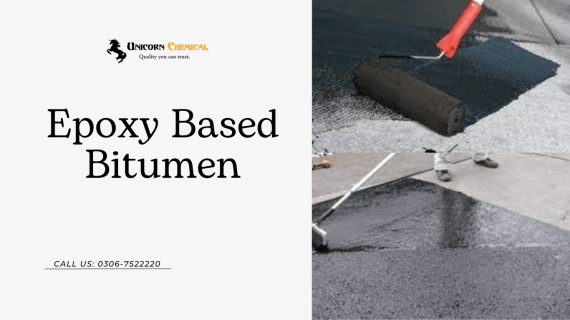The Rising Demand and Price of Limestone Used on Roads in Pakistan
Limestone is a key component in the development and upkeep of Pakistan’s extensive road network, which connects both urban and rural areas. Due to its strength and affordability, limestone, also known as “luk” in Pakistan, is a crucial element in the construction sector. This blog post will examine the rising price trends and rising demand for the limestone use in Pakistan roadways.
The Importance of Limestone in Road Construction
Due to its availability, strength, and adaptability, limestone has been utilised as a building material for ages. For the purpose of building highways, motorways, and local roads, limestone is essential in ensuring their structural stability. It is perfect for building strong road surfaces that can survive severe traffic loads and bad weather conditions due to its high compressive strength and resilience to weathering.
Additionally, limestone helps to keep roadways safe in general. Enhanced skid resistance from its rough surface roughness lowers the danger of accidents, especially during wet seasons. In addition, limestone’s natural colour aids in increasing visibility, resulting in safer road conditions.
Increasing Demand for Limestone on Roads
The demand for transport infrastructure has expanded as a result of Pakistan’s expanding population, urbanisation, and industrialization. To promote economic development, increase connectivity, and improve inhabitants’ quality of life, the government has prioritised expanding and improving road networks.
There has been a large increase in the demand for limestone used as a base material, sub-base, and aggregate for asphalt and concrete pavements as a result of the nationwide uptick in road construction projects. Limestone is a more affordable option than imported building materials since it is readily available locally in large quantities.
The growth of the China-Pakistan Economic Corridor (CPEC), in addition, has increased demand for limestone. By linking Gwadar Port in southwest Pakistan with northwest China, CPEC hopes to boost trade and economic relations between the two nations. As a result, several road infrastructure projects are being carried out, including the building of highways, motorways, and access roads, which is increasing the need for limestone.
Price Trends and Factors Affecting Limestone Prices
The price of limestone has significantly increased in recent years as a result of the country’s expanding road construction needs. The price of limestone is affected by a number of factors, such as:
Costs of Transportation
Since limestone quarries are frequently found in remote locations, it can be expensive to move limestone from these mines to construction sites. The final price of limestone is greatly influenced by factors such as fuel costs, the state of the roads, and logistics.
Extraction and Processing Costs
Costs associated with extraction and processing: Limestone must be extracted from mines and processed into useable forms, which includes spending money on energy, labour, and machinery. The cost of limestone is calculated taking into consideration these costs.
Government Policies and Regulations
Government Policies and rules: Government rules and policies pertaining to mining and quarrying may have an impact on the cost of limestone. The entire cost of producing limestone can be affected by limitations on mining activities, environmental restrictions, and taxation practises.
Supply and Demand Dynamics
The equilibrium of supply and demand also has an impact on the cost of limestone. Price increases typically occur when supply is insufficient to meet demand. In contrast, if supply grows faster than demand, prices may level off or even go down.
Currency Exchange Rates
Exchange rates can have an impact on Pakistani limestone pricing, particularly if the nation depends on imports for particular limestone grades or processing machinery.
Conclusion
The CPEC programme and infrastructure development projects have increased demand, which has raised the price of the limestone use in Pakistan roadways. Governmental policies, extraction and processing costs, transportation costs, and supply and demand dynamics are just a few of the variables that affect







